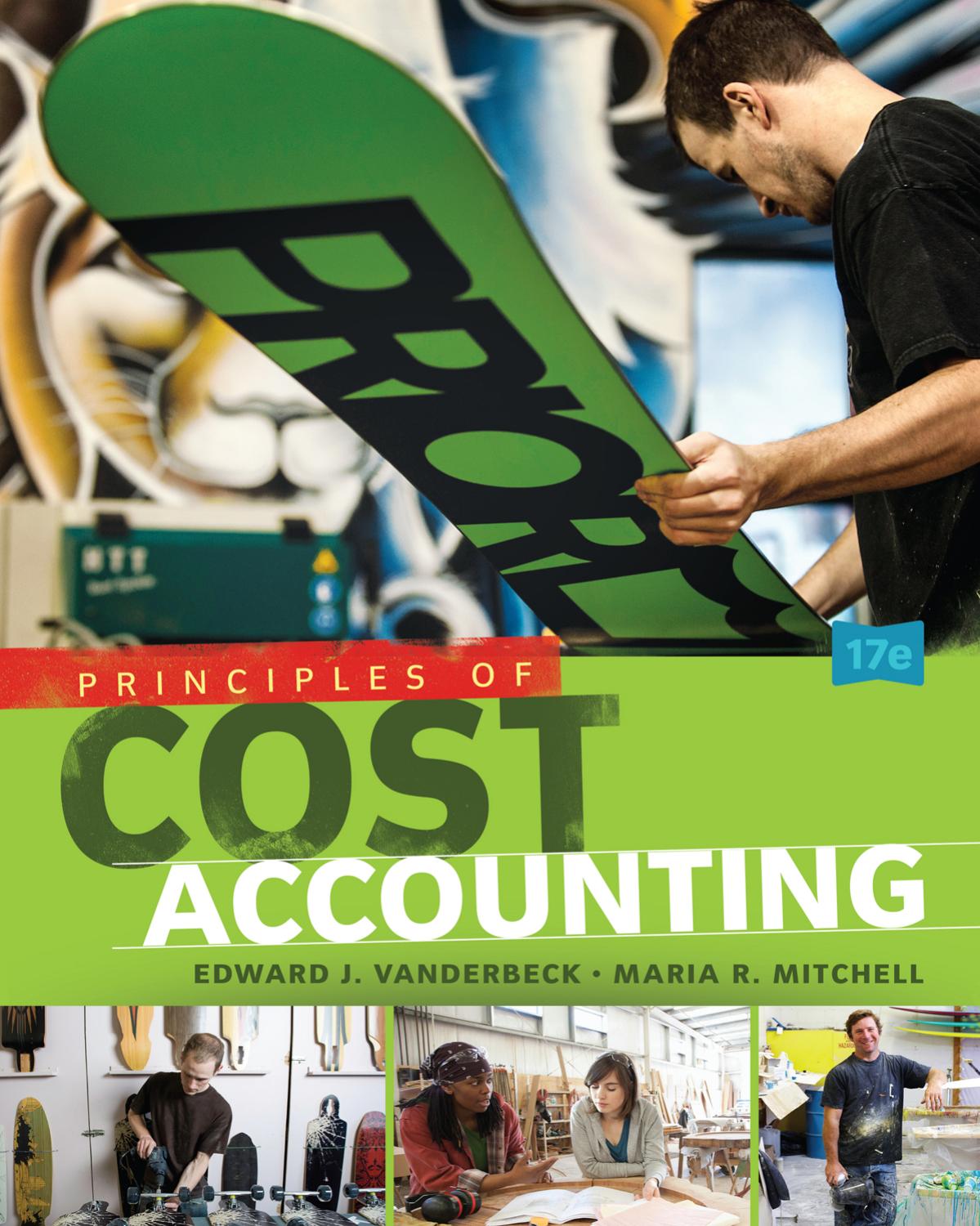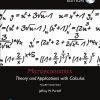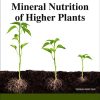Principles of Cost Accounting 17th Edition by Edward Vanderbeck , Maria Mitchell 9781305087408 1305087402
$70.00 Original price was: $70.00.$35.00Current price is: $35.00.
Instant download Principles of Cost Accounting 17th Edition by Edward J. Vanderbeck after payment
Principles of Cost Accounting 17th Edition by Edward Vanderbeck , Maria Mitchell – Ebook PDF Instant Download/Delivery:9781305087408 ,1305087402

Product details:
ISBN 10: 1305087402
ISBN 13: 9781305087408
Author: Edward Vanderbeck , Maria Mitchell
Discover how readable and relevant cost accounting can be with PRINCIPLES OF COST ACCOUNTING, 17E. This edition packs the essentials you need to know in a unique 10-chapter format that is well organized, practical, and concise. You gain a thorough understanding of cost concepts, cost behavior, and cost accounting techniques as they apply to manufacturing and service businesses.To ensure understanding, the book introduces concepts in small, manageable sections that are immediately reinforced with proven questions, demonstration problems, practice exercises, and self-study quizzes. You master the fundamentals of job order costing and process costing before progressing to more advanced topics, such as budgeting, standard costing and variance analysis, costing for service businesses, and cost analysis for management decisions.Focus on skills that will take you far in today’s competitive job market as you learn how to determine the costs of products and services and how to set effective selling prices. Learn techniques to measure the performance of managers and discover how to use accounting to achieve organization’s goals.
Table of contents:
Chapter 1. Introduction to Cost Accounting
1.1. Uses of Cost Accounting Information
1.1a. Determining Product Costs and Pricing
1.1b. Planning and Control
1.2. Professional Ethics, CMA Certification, and Corporate Governance
1.3. Relationship of Cost Accounting to Financial and Management Accounting
1.3a. Costs of Goods Sold
1.3b. Inventories
1.4. Elements of Manufacturing Costs
1.4a. Direct Materials
1.4b. Direct Labor
1.4c. Factory Overhead
1.4d. Summary of Manufacturing Costs
1.4e. Flow of Costs
1.5. Illustration of Accounting for Manufacturing Costs
1.6. Cost Accounting Systems
1.6a. Special Order
1.6b. Continuous or Mass Production
1.6c. Combination of Systems
1.6d. Standard Costing
1.7. Illustration of a Job Order Cost System
1.7a. Work in Process in the Manufacturing Statement
1.8. Appendix
1.8a. IMA Statement of Ethical Professional Practice
Key Terms
Self-Study Problem 1
Self-Study Problem 2
Questions
Exercises
Problems
Mini-Case
Chapter 2. Accounting for Materials
2.1. Materials Control
2.1a. Physical Control of Materials
2.1b. Controlling the Investment in Materials
2.2. Materials Control Procedures
2.2a. Materials Control Personnel
2.2b. Control during Procurement
2.2c. Control during Storage and Issuance
2.2d. Computerized Materials Control
2.3. Accounting for Materials
2.3a. Determining the Cost of Materials Issued
2.3b. Accounting Procedures
2.4. Just-in-Time Materials Control
2.4a. JIT and Cost Control
2.4b. JIT and Cost Flows
2.5. Scrap, Spoiled Goods, and Defective Work
2.5a. Scrap Materials
2.5b. Spoiled and Defective Work
Key Terms
Self-Study Problem 1
Self-Study Problem 2
Questions
Exercises
Problems
Mini-Case 1
Mini-Case 2
Chapter 3. Accounting for Labor
3.1. Wage Plans
3.1a. Hourly-Rate Plan
3.1b. Piece-Rate Plan
3.1c. Modified Wage Plans
3.2. Controlling Labor Cost
3.2a. Labor Time Records
3.2b. Payroll Function
3.3. Accounting for Labor Costs and Employers’ Payroll Taxes
3.3a. Employers’ Payroll Taxes
3.3b. Illustration of Accounting for Labor Costs
3.4. Payroll Accrual
3.5. Special Labor Cost Problems
3.5a. Shift Premium
3.5b. Employee Pension Costs
3.5c. Bonuses
3.5d. Vacation and Holiday Pay
3.5e. Accounting for Bonuses, Vacations, and Holiday Pay
Key Terms
Self-Study Problem 1
Self-Study Problem 2
Questions
Exercises
Problems
Mini-Case 1
Mini-Case 2
Chapter 4. Accounting for Factory Overhead
4.1. Identifying Cost Behavior Patterns
4.2. Analyzing Semivariable Factory Overhead Costs
4.2a. Observation Method
4.2b. High-Low Method
4.2c. Scattergraph Method
4.2d. Limitations of High-Low and Scattergraph Methods
4.2e. Least-Squares Regression Method
4.3. Budgeting Factory Overhead Costs
4.4. Accounting for Actual Factory Overhead
4.4a. Factory Overhead Analysis Spreadsheets
4.4b. Schedule of Fixed Costs
4.4c. General Factory Overhead Expenses
4.4d. Summary of Factory Overhead
4.5. Distributing Service Department Expenses
4.6. Applying Factory Overhead to Production
4.6a. Direct Labor Cost Method
4.6b. Direct Labor Hour Method
4.6c. Machine Hour Method
4.6d. Activity-Based Costing Method
4.7. Accounting for Actual and Applied Factory Overhead
Key Terms
Self-Study Problem 1
Self-Study Problem 2
Questions
Exercises
Problems
Mini-Case
Chapter 5. Process Cost Accounting—General Procedures
5.1. Comparison of Basic Cost Systems
5.1a. Materials and Labor Costs
5.1b. Factory Overhead Costs
5.2. Product Cost in a Process Cost System
5.2a. Nondepartmentalized Factory
5.2b. Departmentalized Factory
5.3. Work in Process Inventories
5.4. Cost of Production Summary—One Department, No Beginning Inventory
5.5. Cost of Production Summary—One Department Beginning Inventory
5.6. Cost of Production Summary—Multiple Departments, No Beginning Inventory
5.7. Cost of Production Summary—Multiple Departments, Beginning Inventory
5.8. Changes in Prior Department’s Unit Transfer Cost
Key Terms
Self-Study Problem 1
Self-Study Problem 2
Questions
Exercises
Problems
Mini-Case
Chapter 6. Process Cost Accounting—Additional Procedures; Accounting for Joint Products and By-Products
6.1. Equivalent Production—Materials Not Uniformly Applied
6.1a. Materials Added at Beginning of Process
6.1b. Materials Added at End of Process
6.1c. Materials Added at Different Stages of Process
6.2. Units Lost in Production
6.3. Units Gained in Production
6.4. Equivalent Production: First-In, First-Out Method
6.4a. FIFO versus Weighted Average-Materials Added at Beginning
6.4b. FIFO versus Weighted Average-Materials Added at End
6.4c. FIFO versus Weighted Average-Pros and Cons
6.5. Joint Products and By-Products
6.5a. Accounting for Joint Products
6.5b. Accounting for By-Products
Key Terms
Self-Study Problem 1
Self-Study Problem 2
Questions
Exercises
Problems
Mini-Case
Chapter 7. The Master Budget and Flexible Budgeting
7.1. Principles of Budgeting
7.2. Preparing the Master Budget
7.2a. Sales Budget
7.2b. Production Budget
7.2c. Direct Materials Budget
7.2d. Direct Labor Budget
7.2e. Factory Overhead Budget
7.2f. Cost of Goods Sold Budget
7.2g. Selling and Administrative Expenses Budget
7.2h. Budgeted Income Statement
7.2i. Other Budgets
7.2j. Evaluating Budget Performance
7.3. Flexible Budgeting
7.3a. Preparing the Flexible Budget
7.3b. Preparing a Performance Report Based on Flexible Budgeting
7.4. Preparing the Flexible Budget for Factory Overhead
7.4a. Using the Flexible Budget
7.4b. Semivariable Costs
7.4c. Service Department Budgets and Variances
7.4d. Summary of the Budgeting Process
Key Terms
Self-Study Problem 1
Self-Study Problem 2
Questions
Exercises
Problems
Mini-Case
Chapter 8. Standard Cost Accounting—Materials, Labor, and Factory Overhead
8.1. Types of Standards
8.2. Standard Cost Procedures
8.2a. Determination of Standard Costs for Materials and Labor
8.2b. Recording Standard Costs for Materials and Labor
8.3. Determination of Variances
8.3a. Alternative Method of Recording Materials Cost
8.4. Accounting for Variances
8.4a. Alternative Method of Recording Materials Cost
8.4b. Disposition of Standard Cost Variances
8.5. Interpreting Variances
8.6. Features of a Standard Cost Accounting System
8.7. Illustration of Standard Cost in a Departmentalized Factory Using Process Costing
8.8. Analysis of Factory Overhead Standard Cost Variances
8.9. Two-Variance Method of Analysis
8.10. Appendix
8.10a. Four-Variance and Three-Variance Methods of Analysis
Key Terms
Self-Study Problem 1
Self-Study Problem 2
Questions
Exercises
Problems
Mini-Case
Chapter 9. Cost Accounting for Service Businesses, the Balanced Scorecard, and Quality Costs
9.1. Job Order Costing for Service Businesses
9.1a. Job Cost Sheet for a Service Business
9.1b. Choosing the Cost Allocation Base
9.1c. Tracing Direct Costs to the Job
9.1d. Cost Performance Report
9.2. Budgeting for Service Businesses
9.2a. The Revenue Budget
9.2b. The Labor Budget
9.2c. The Overhead Budget
9.2d. The Other Direct Expenses Budget
9.2e. The Budgeted Income Statement
9.3. Activity-Based Costing in a Service Firm
9.3a. Converting Indirect Costs to Direct Costs
9.3b. Multiple Indirect Cost Pools
9.3c. Job Cost Sheet—Activity-Based Costing
9.4. Allocations Using Simplified Costing versus Activity-Based Costing
9.5. The Balanced Scorecard and Quality Costs
9.5a. The Four Categories of a Balanced Scorecard
9.5b. Guidelines for a Good Balanced Scorecard
9.5c. The Balanced Scorecard Illustrated
9.6. Meaning of the Cost of Quality
9.6a. The Four Categories of a Cost of Quality Report
9.6b. Prevention Costs
9.6c. Appraisal Costs
9.6d. Internal Failure Costs
9.6e. External Failure Costs
Key Terms
Self-Study Problem 1
Self-Study Problem 2
Questions
Exercises
Problems
Mini-Case
Chapter 10. Cost Analysis for Management Decision Making
10.1. Variable Costing and Absorption Costing
10.1a. Product Costs versus Period Costs
10.1b. Illustration of Variable and Absorption Costing Methods
10.2. Merits and Limitations of Variable Costing
10.3. Segment Reporting for Profitability Analysis
10.4. Cost-Volume-Profit Analysis
10.4a. Break-Even Analysis
10.4b. Break-Even Chart
10.4c. Break-Even Analysis for Management Decisions
10.4d. Effect of Sales Mix on Break-Even Analysis
10.5. Contribution Margin Ratio and Margin of Safety
10.6. Effect of Income Tax on Break-Even Point
10.7. Differential Analysis
10.7a. Accept or Reject a Special Order
10.7b. Make or Buy
10.8. Distribution Costs
People also search:
principles of cost accounting
fundamental principles of cost accounting
nature and principles of cost accounting
principles of cost accounting questions and answers pdf


